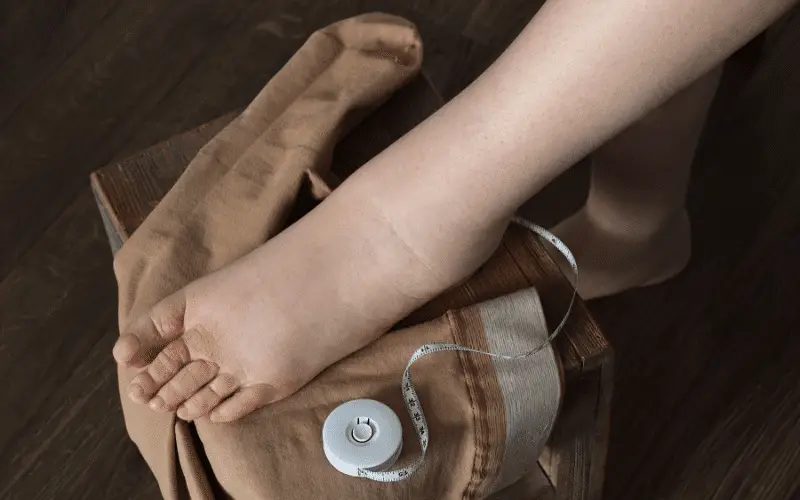Symptom 2: Swelling (Edema)

Another common symptom of ESRD is swelling or edema, which is the result of the kidneys’ impaired ability to regulate fluid balance in the body. This inability to eliminate excess fluid leads to the accumulation of fluid in various tissues, causing swelling.
Swelling in ESRD patients can manifest in several ways. For instance, peripheral edema affects the legs, ankles, and feet, while pulmonary edema involves fluid buildup in the lungs, leading to shortness of breath and difficulty breathing. Additionally, some patients may experience swelling in the face, particularly around the eyes.
Fluid retention can be managed through a combination of dietary changes, medications, and treatments. ESRD patients are often advised to limit their salt intake, as excessive sodium consumption can exacerbate fluid retention. Furthermore, healthcare providers may prescribe diuretics to help the body eliminate excess fluid.
In some cases, dialysis may be necessary to help manage fluid retention in ESRD patients. This treatment involves the use of a machine to remove waste products and excess fluid from the blood when the kidneys are no longer able to do so effectively. Dialysis can provide temporary relief from symptoms like swelling and can be a vital component of an ESRD patient’s treatment plan. (2)